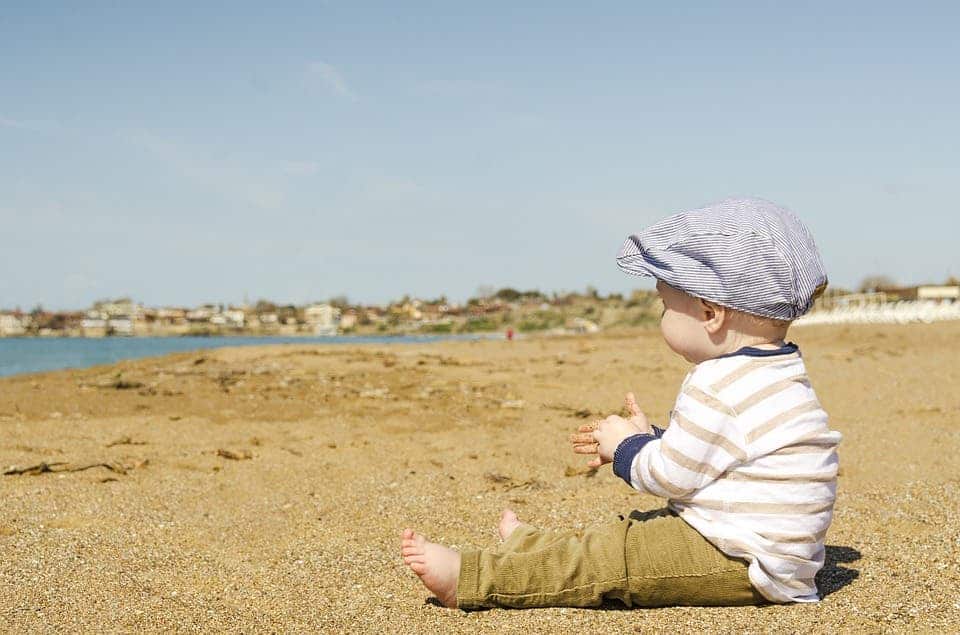Adults are very bad at distinguishing between the voices of two-and-a-half-year-olds, new research finds.
Caring for young children is often a stressful experience. But it doesn’t seem like our brains want to help lighten our burden either, a team from the University of Toronto (UoT) found. According to them, adults have a much harder time distinguishing between the voices of young children (two-and-a-half-year-olds) than between the voices of other adults.
Who said that?
“What we found with two-and-a-half-year-olds is that it’s amazingly hard for adults to identify who’s talking,” said Angela Cooper, a postdoctoral researcher at the UoT, and co-author of the research.
Cooper worked with professor Elizabeth K. Johnson and postdoctoral researcher Natalie Fecher (both at the UoT) for the study. The first step was to create an interactive game — it involved an alien — that required the player to say out loud 32 common words like tree, dog, ball, or elephant. Fifty native English-speaking two-and-a-half-year-old children from the Toronto area were presented with the game, which allowed the researchers to capture recordings of their speech. The children’s mothers were also asked to record the same words.
Later, undergraduates at the UoT (aged 18-25) were asked to listen to 80 pairs of words spoken by 20 of the children. The undergrads had to indicate whether the words were spoken by the same (or a different) child. They also performed this task for 20 of the adult voices.
Turns out that we’re not too good at telling the voices of preschoolers apart. Participants were only able to correctly distinguish between two different children 40% of the time. In contrast, they correctly identified different adult voices 65% of the time.
“I find it particularly interesting that the participants’ ability to identify adult voices was not related to their ability to identify children’s voices,” Cooper said. “You’re maybe using different information or you’re processing things slightly differently when you’re listening to an adult voice versus when you’re listening to a child’s voice.”
In the second stage of the study, the team put the undergrads through a training session. Participants were asked to listen to a recording that included four child voices and four adult voices. It was successful to some extent — while the students did get better at identifying different voices, the effect was more pronounced for adult voices.
“Part of this training process is retuning what speech cues we need to pay attention to,” Cooper said. “Often children have particular mispronunciations.”
“Some kids will say ‘poon’ instead of spoon, or elephant becomes ‘ephant’. We might be actually cuing in to which child makes different kinds of errors.”
The team is now preparing a series of follow-up studies where they will use pupillometry (a measure of pupil dilation) to quantify how much mental effort goes into differentiating between the voices of two-and-a-half-year-old children. In the meantime, the team hopes all the confused, exhausted parents the world over manage to hang in there.
“What I’d like to say to parents is that with exposure it does get easier over time,” Cooper said.
The findings will be presented as a poster at the Acoustical Society of America’s 176th Meeting, held in conjunction with the Canadian Acoustical Association’s 2018 Acoustics Week at the Victoria Conference Centre in Victoria, Canada, from the 5th to the 9th of November.










